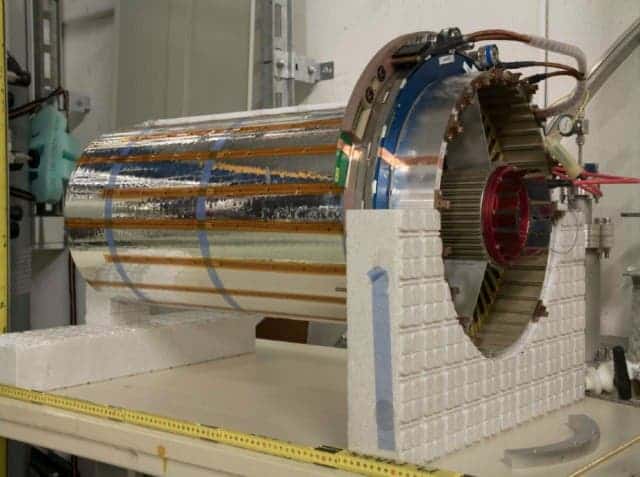Mysterious and elusive, dark matter has escaped scientists time and time again; yet confirming its existence is quintessential to current efforts of studying the Universe. With this in mind, detecting dark matter has become one of the foremost goals in the physics of the 21st century. An experiment at MIT, called DarkLight, aims to prove or disprove a certain theory that provides a possible solution to uncovering dark matter by creating its constituent bosons in the lab.
Dark matter is said to make about 23% of the mass-energy density of the universe, in comparison to only 4% normal matter (the matter we can observe), while the rest of the mass-energy density is comprised of dark energy. Dark matter makes up more than half of the total mass of most galaxies, including our own Milky Way, and is known to extend well beyond the visible stars. If models are correct, than dark matter is ubiquitous, even in our solar system yet detecting it has proved to be a herculean challenge. Since it was first proposed in the 1930s, numerous theories have tried to account for and provide ways of identifying dark matter. So far there have been no confirmed identifications of dark matter with any known — or postulated — candidate.

One piece of the puzzle is currently being investigated by the DarkLight experiment at MIT. The experiment seeks to prove or disprove a theory which says dark matter is made up of bosons in the 10 MeV to 10 GeV range – heavy photons dubbed A′ (pronounced “A-prime”). The exact mass of such a particle (if it exists) is unknown.
DarkLight will use Jefferson Lab’s Free Electron Laser to bombard an Oxygen target with a stream of high energy electrons with one megawatt of power, and hopefully create this form of theorized dark matter (A’ particles). Studying the resonance peak at the A′ mass in the electron-positron invariant mass spectrum would provide the valuable clues necessary to prove or disprove the presence of dark matter through this experiment.
It might take a while before this will happen though. According to the report released by MIT, it will take a couple of years before the DarkLight experimental rig will become operational and another couple of years of smashing electrons to collect data before any conclusive ideas can be drawn.
via ExtremeTech
Was this helpful?



